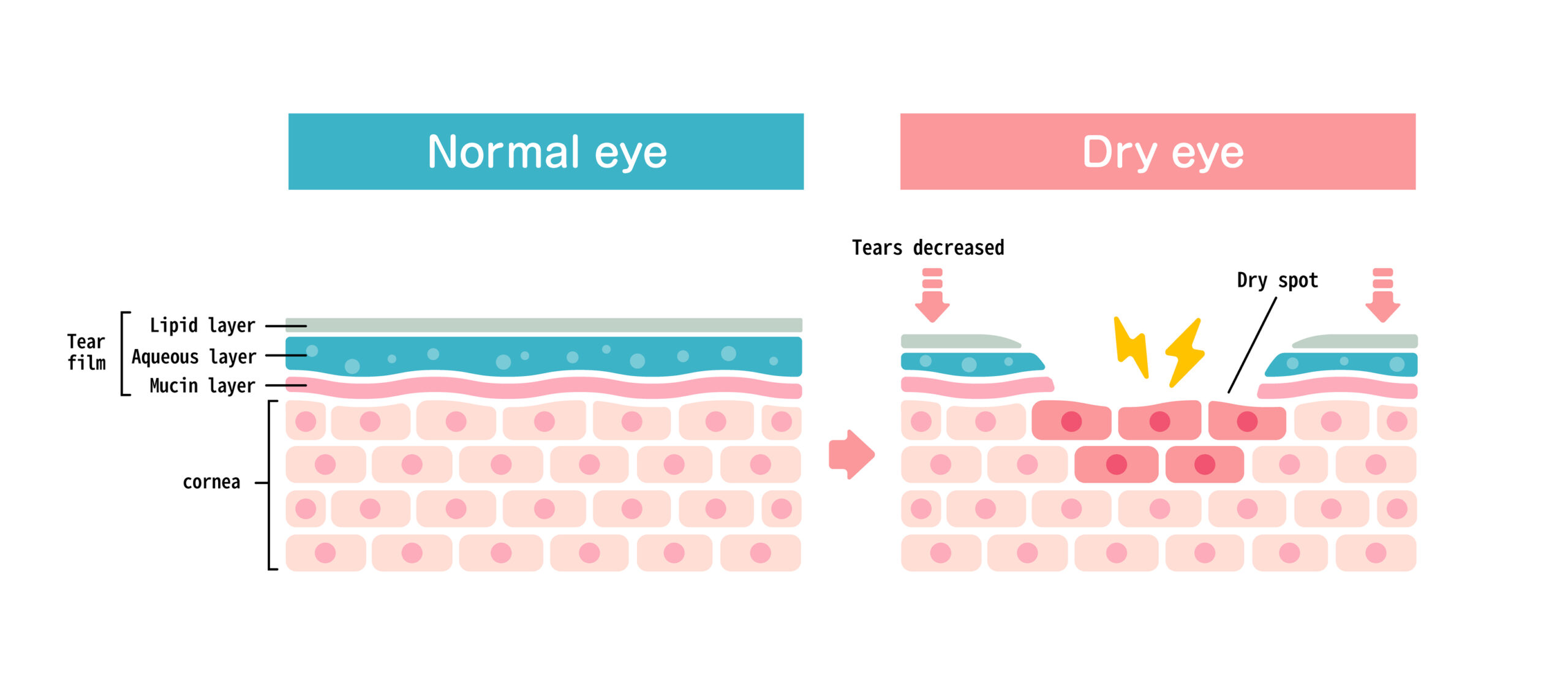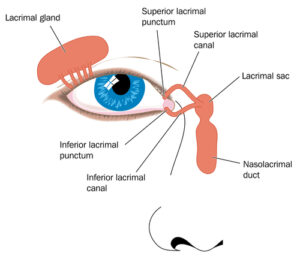Is Having Dry Eyes Permanent?in Boston, MA

Do you experience dry, itchy, or irritated eyes? These are some of the symptoms that come with having dry eyes.
Dry eyes are common and can cause a great deal of discomfort. In addition to your eyes feeling dry, itchy, or irritated, they may also feel inflamed, gritty, and like they’re burning.
They may also make your eyes water and produce excess mucus. Dry eyes may be temporary if triggered by certain factors, like a dry environment.
If you have dry eye syndrome, you may experience symptoms on and off, as it’s a chronic condition. However, even if you have dry eye syndrome, it doesn’t mean that your symptoms will be permanent.
There are various non-invasive and minimally-invasive treatment options for dry eyes and dry eye syndrome. Dry eye patients experience a high recovery rate with proper treatment, even with chronically dry eyes. Keep reading to learn more about dry eyes!
Temporary Dry Eye Symptoms

Sometimes, you can experience dry eye symptoms if you change your environment. If you live in an arid climate and spend a lot of time outside, your sinuses, as well as your eyes, can dry out.
Having dry eyes can also happen if it’s extremely hot in the summer or frigid in the winter. Other things can dry out your eyes temporarily, like too much screen time.
When you spend a lot of time looking at digital devices, like computers, tablets, or phones, you can forget to blink. A reduced blink rate can lead to eye fatigue, dry eyes, and eye strain.
If you wear contact lenses, wearing them longer than recommended or improperly can make your eyes feel drier. Contact lenses sit on your cornea and make it harder for oxygen to enter the eye.
If dry eyes are a temporary symptom of one of these factors, your eyes often get better on their own. The key is to give your eyes a break from what is making them feel dry.
But if your dry eye symptoms aren’t due to temporary causes, it can become a chronic problem.
Dry Eye Syndrome

Dry eye syndrome, also called chronic dry eye, is an eye condition that occurs when your eyes are dry due to inadequate tear production, or you don’t produce tears that are good quality. Anyone can develop dry eye syndrome.
It’s more common in older adults and women going through hormonal changes. Dry eye syndrome may also be a side effect of another condition or a medication.
One of the more common reasons people develop dry eye syndrome is if they have meibomian gland dysfunction (MGD). Your meibomian glands produce the layer of oil that coats your tears.
This layer is a protective film that makes tears take longer to evaporate on the surface of your eye. When the meibomian gland isn’t producing enough oil, your tears may lack this film and evaporate too quickly.
Healthy tears must have three components: oil, water, and mucus. If any of these components are missing or aren’t producing enough, it affects the composition of the tear film.
Even though dry eye syndrome is a chronic condition, treatment options are still available. You may continue to be more prone to dry eyes after treatment. However, you can get significant relief by improving tear production or compensating for inadequate tear production.
Non-Invasive Treatment

For temporary and chronic dry eyes, environmental changes can help relieve symptoms. These small changes can include limiting your screen time, using a humidifier in the home or at work, and taking a break from contact lenses.
Over-the-counter artificial tears can also alleviate your symptoms faster. If you have dry eye syndrome, you may also find relief by changing your diet.
Certain nutrients are essential for keeping your eyes healthy. When it comes to producing tears, the most crucial nutrients you can get are omega-3 fatty acids.
You can find omega-3 fatty acids in fatty fish like salmon and tuna, as well as other foods like chia seeds, flax seeds, and walnuts. Eating more of these foods may help your tear health.
You can also get omega-3 fatty acids from supplements like fish oil and flaxseed oil, but getting nutrients directly from your food tends to be more effective. Having a more varied diet can help ensure your eyes stay healthy in all seasons.
Since meibomian gland dysfunction is often a cause of dry eye syndrome, using a warm compress over the eyes a few times a day may be helpful. The heat can soften blockages in your meibomian gland, so the oil can move through to coat your tears more easily.
Many patients find that these methods can help improve symptoms of having dry eyes. But some patients need a combination of lifestyle changes and other treatments to find the most relief.
Punctal Occlusion
Some patients find the most success by undergoing something called punctal occlusion. Your puncta are the tear ducts in the corner of your eye near your nose.

Tears naturally drain through these ducts. Punctal occlusion places a plug into these ducts, making it harder for tears to drain from your eye. By making it more difficult for tears to drain from your eyes, it helps keep your tears on the surface of your eye longer.
Even if you aren’t producing enough tears or your tears aren’t moisturizing enough, having them stay in your eyes longer can compensate for these inadequacies. Using punctal plugs can be a beneficial way of treating dry eye syndrome and providing significant relief from symptoms.
If you have dry eyes, they don’t need to stay dry forever, even with dry eye syndrome. It may take a combination of medications and other treatments to get the relief you’re looking for.
Are you tired of living with the frustrating symptoms of having dry eyes? Schedule an appointment at the Nielsen Eye Center in Boston, MA, to learn more!
Our dedicated Patient Advocates are here and waiting to pick up the phone to answer any questions you may have about dry eyes, how to treat them, and more. Give us a call at 617-471-5665!



